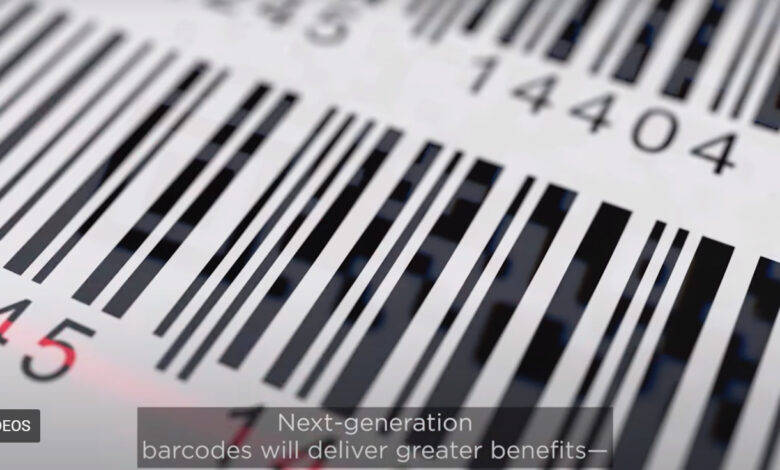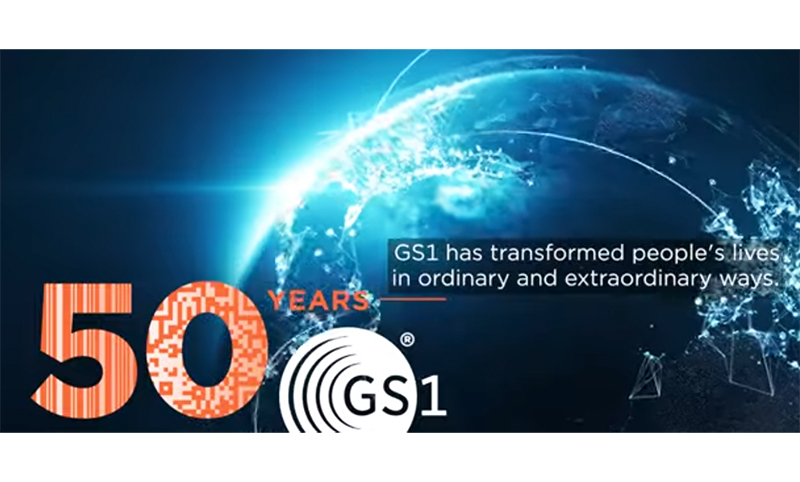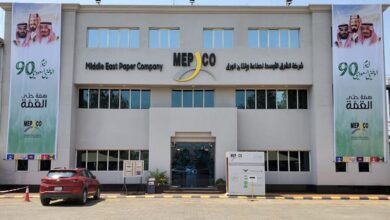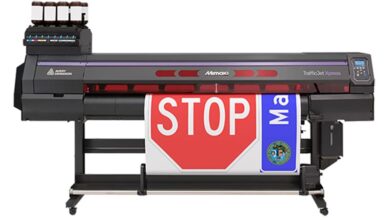
Ever since the historic first ‘beep’ was heard half a decade ago, on purchasing a ten-pack chewing gum in Ohio’s now defunct Marsh supermarket (the first to install supermarket scanners), it prompted a mega leap forward with the birth of a new standard in retailing.
Since then and with years of research, the new standard – the GS1 Digital Link – was born in 2018, paving the way for a paradigm shift in connecting the physical world with the Internet. With several enhancements added to the standard since its initial release, the Global Standards 1 (GS1) has ratified a new web standard and guideline to help industry optimize the online shopping experience.
Ever since the pandemic, online purchases through e-commerce platforms have seen an unprecedented growth. Translating technology jargon in layman’s terms, GS1 refers to the numbers seen beneath barcodes on product packages which we use every day.
The GS1 Digital Link standard extends the power and flexibility of these GS1 identifiers by making them part of the web. The standard promises to disrupt the consumer goods industry for the better by allowing products to be digitized at scale, upgrading the ubiquitous barcode used by millions of manufacturers to connect every product to the web with a single code or tag on the product, be it digital watermarks, QR codes, or NFC tags.

GS1 identifiers, such as the Global Trade Item Number (GTIN) – the unique, most popular, and internationally recognized identifier for a product, appearing next to the barcode on a product’s packaging or book cover – is a gateway to consumer information that strengthens brand loyalty, improves supply chain traceability information, business partner APIs, patient safety information, and more. GS1 Digital Link enables connections to all types of B2B and B2C information.
According to New Jersey-based GS1 US, a member of the GS1 Global not-for-profit organisation that develops and maintains global standards for barcodes, the retail industry is undergoing a major shift from the use of traditional barcodes to two-dimensional (2D) barcodes on product packaging, and is expected to become the de facto solution for retailers around the world by 2027.
From a consumer point of view, the GS1 Digital Link standard has resolved their confusion on what to do with a series of barcode numbers using their mobile phones by turning all the information contained in the 1D barcode into a single standardized URL. With GS1 Digital Link, natively encoding this information in a 2D code such as an NFC tag or QR code, is a game changer since mobile phones and software clients across the globe support URLs and know how to read them to access the product content. “We’re constantly looking for new ways for our customers to connect with their audiences. Increasing our support for GS1 standards is a key way for us to unlock opportunities for brands, retailers, and CPG, and to deliver more value through our platform,” says Toby Gabriner, CEO at New York-based Bitly, the world’s leading connection platform.
Retail companies are leveraging 2D barcodes to share sourcing information about products, offer loyalty points, coupons, and special offers, and promote digital content experiences with their ability to carry more product information.
Putting it in simpler terms, the GS1 Digital Link gets all the product information encoded in an on-pack QR code, which once scanned by the phone camera will redirect the code to connect them with the brand web experience. A carefully structured URL can contain one or more GS1 identifiers, defining the uniqueness of a particular product. Brands can choose to either create static redirections or make them fully dynamic and linked to the context using platforms like Digimarc Corporation’s patented technology which allows them to deliver relevant content directly to consumers via a single standard-based code that serves multiple applications rather than individual proprietary codes for each one of them.
Phil Archer, Director Web Solutions, GS1 Global, says, “The GS1 system and the technologies that drive the World Wide Web are mature and massively implemented. GS1 Digital Link combines those two so that every identified ‘thing’, be it a product, a shipment, or any other kind of asset, can be linked to any number of sources of information about that thing using familiar and ubiquitous methods.”
As the global retail market transitions to celebrate the fifth anniversary of GS1 Digital Link offering endless possibilities, major brands are realizing the enormous business value of GS1 Digital Link facilitating the digitization of products at mass scale, enabling greater consumer focus, vastly improved supply chain visibility, and greater product safety.




